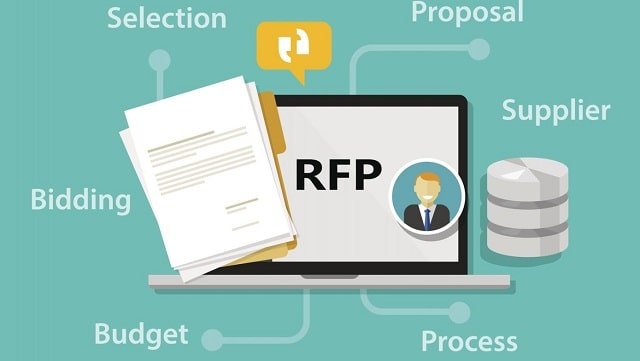Efficiency is the key to running a successful business, and when it comes to managing the Request For Proposal (RFP) process, it is no different. An RFP is a formal request made by an agency or organization for suppliers to submit proposals for specific products or services. In this article, we delve into the best managerial practices for streamlining RFP processes, the challenges faced, the importance of efficiency, and the integration of technology in the RFP process.
Key Challenges in Managing RFP Processes
The RFP process can present a variety of challenges. The first challenge is ensuring that the RFP is comprehensive, detailing exactly what the business needs. It is often difficult to outline all specifics about the project, leading to misunderstandings and ambiguity in the communication between the business and the supplier.
Time management is another challenge, as the process is often lengthy and involves multiple stages. This requires careful planning and monitoring to ensure everything remains on schedule.
Companies can overcome these challenges through careful planning, excellent communication, and consulting an expert in the management of RFP processes.
Importance of Streamlining RFP Processes
Streamlining the RFP process can bring a host of benefits to a company. First and foremost, it can save time. A streamlined process is efficient and allows for quicker informed decision-making, thereby saving valuable time that can be put to better use elsewhere in the business.
Better responses can also be a result of a streamlined process as suppliers are given a clear, concise request to respond to. This results in more accurate quotes and higher-quality proposals, making it easier for businesses to select the right supplier.
A streamlined process can reduce the likelihood of errors, as all stages of the process are managed efficiently. It also increases the chances of successful outcomes, thereby helping to bolster the business’s reputation.
One of the most valuable outcomes of streamlining the RFP process is cost savings. The majority of the inefficiencies in the process are reduced or eliminated, minimizing the cost attributed to unexpected changes or delays.
Advance Management Tips for Streamlining RFP Processes
The first step towards streamlining the RFP process is to have a clear understanding of the business’s needs. This includes having an idea of the approximate budget for the project, the timeline, and the essential project requirements. Businesses should also encourage regular communication with suppliers throughout the process to keep everyone on the same page.
Automating tasks that are repetitive and do not require decision-making can also help streamline the process. Automation can help free up time that can be utilized to focus on more critical aspects of the process, like reviewing proposals and interviewing suppliers.
Better preparation can also help streamline the process. Having all the necessary documents and information readily available can help avoid delays and confusion.
Implementing Technology in Streamlining RFP Processes
Technology can help revolutionize the RFP process. There are software solutions available that can streamline the RFP process by helping with task management, tracking the progress of the process, and ensuring that all the necessary steps are taken.
For example, project management tools can be used to track the progress of the RFP process, assign tasks, and ensure that deadlines are met. These types of tools can also provide a centralized location where all the information related to the RFP process can be stored and accessed with ease.
Automation tools can help automate tasks that are repetitive and do not require decision-making, such as sending out RFPs to potential suppliers. It not only saves time but also reduces the chance of errors occurring.
Implementing these technologies can streamline the RFP process, making it more efficient, less time-consuming, and more likely to produce successful outcomes.
Altogether, understanding the RFP process, acknowledging the challenges, recognizing the importance of efficiency, making the best use of management practices, and implementing technology can streamline the RFP process and save a business’s time and money.

